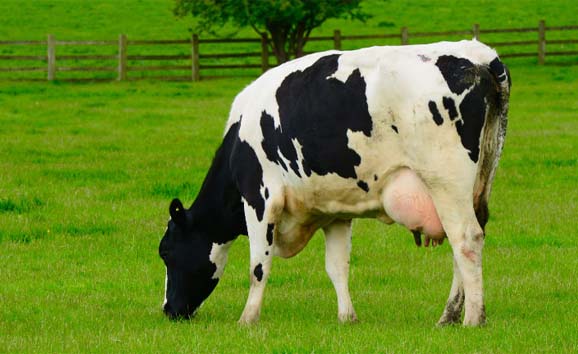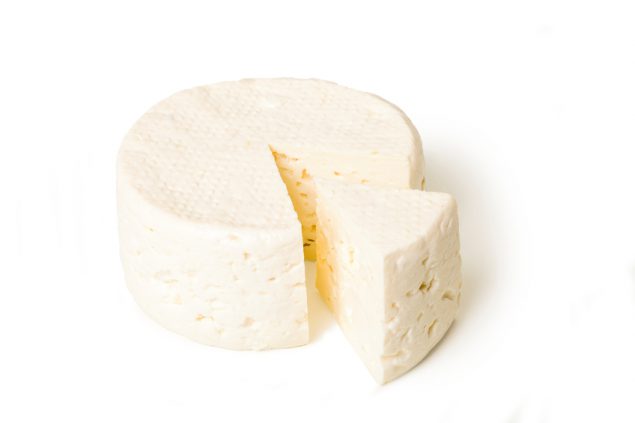Fast Facts: Why Is Raw Milk Unsafe?

Drinking raw milk can lead to serious illness. Raw milk is linked to many preventable foodborne illnesses and outbreaks every year. In fact, raw milk is one of the riskiest foods.
Raw Milk Has Not Been Pasteurized
Pasteurization is the process of heating milk to a high enough temperature for enough time to kill harmful germs in the milk. These germs can include bacteria such as Campylobacter, E. coli, or Salmonella; viruses; and parasites. Raw milk has not been pasteurized.
Most of the nutritional benefits of drinking raw milk are available from pasteurized milk without the risk of disease that comes with drinking raw milk.

Raw milk made into other products, like soft cheese, ice cream, and yogurt, can also cause dangerous infections. When eating these products, make sure they are made from pasteurized milk.
All Raw Milk Is Risky
The use of good hygiene practices on the farm can reduce but cannot eliminate the chance of milk getting contaminated. Healthy animals can carry germs that make people sick.
Also, testing isn’t a guarantee that raw milk is free from harmful germs. Even if testing one batch of a farm’s raw milk does not find harmful germs, the next batch can contain them. Plus, tests do not always detect low levels of contamination. Germs that go undetected in raw milk can multiply between the time the milk is tested and people drinking it.
Some People Are More at Risk of Getting Sick
Anyone, even healthy adults, can get sick from drinking raw milk, but some people are more at risk.
The people most at risk for severe illness are
- Adults 65 years and older
- Children younger than 5 years
- People with weakened immune systems
Also, raw milk and raw milk products like soft cheese can be contaminated with Listeria. Getting a Listeria infection while you are pregnant can cause miscarriage, stillbirth, or death of your newborn.
People in these groups should never consume raw milk or products made with it.
Lower Your Risk of Getting Sick
Take these steps to reduce your risk:
- Choose pasteurized milk and dairy products. Buy milk and dairy products that say “pasteurized” on the label. If in doubt, don’t buy it! Look for pasteurized milk and dairy products at farms and farmers markets.
- Refrigerate milk, dairy products, and other perishable food at 40°F or colder. Bacteria can multiply rapidly if left at room temperature or in the “Danger Zone” between 40°F and 140°F. Never leave perishable food out for more than 2 hours (or 1 hour if exposed to temperatures above 90°F, like a hot car or picnic).
- Throw away expired food, including milk and dairy products. When in doubt, throw it out.
Want more details about raw milk? Read our raw milk Q&As.